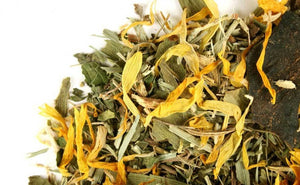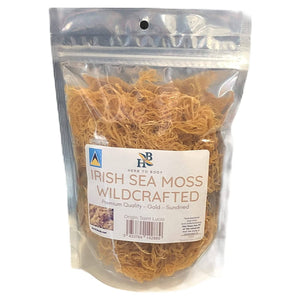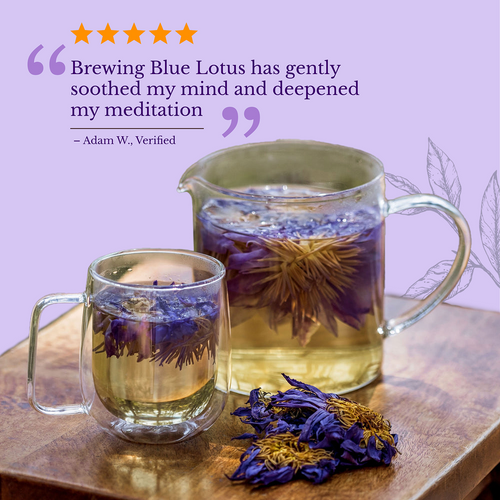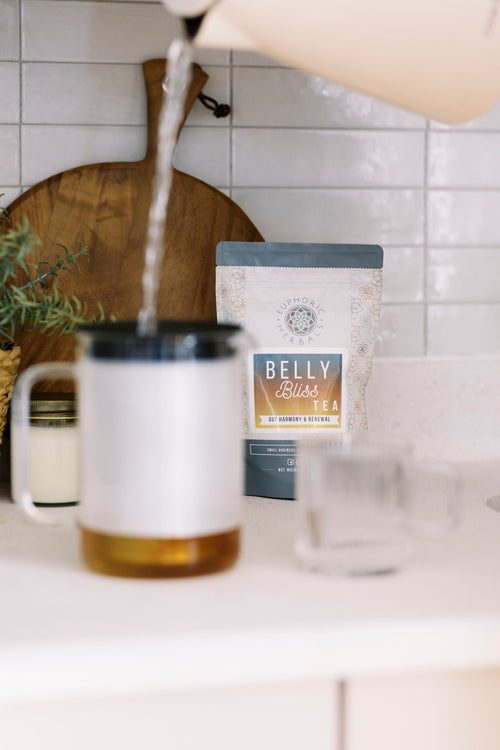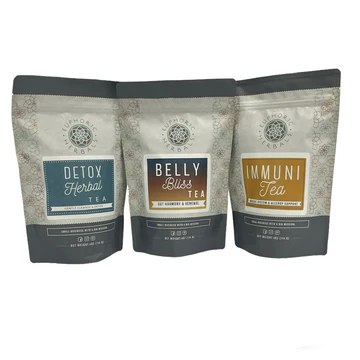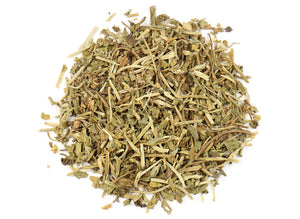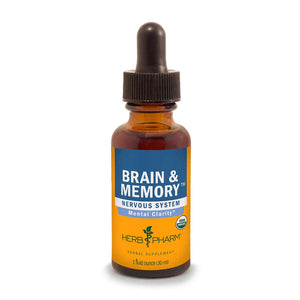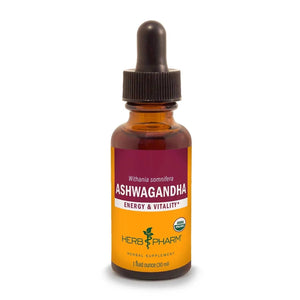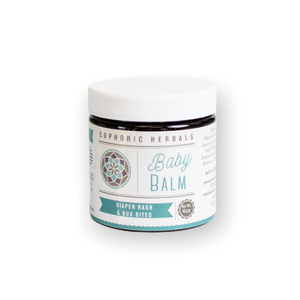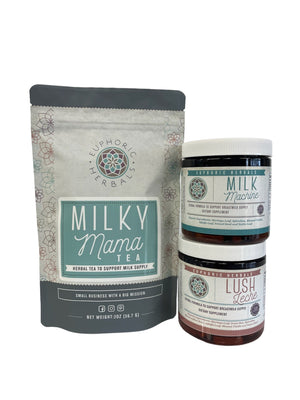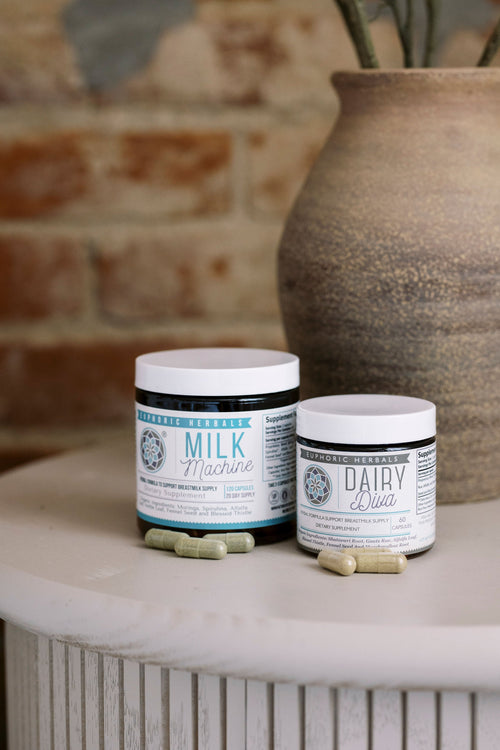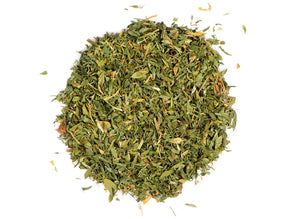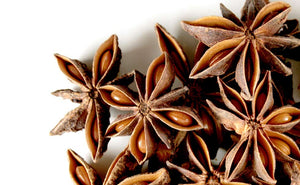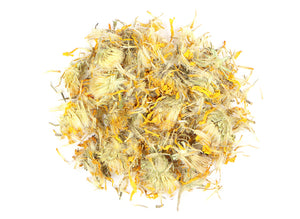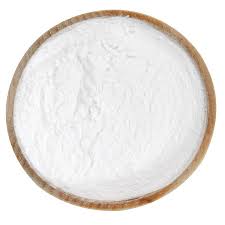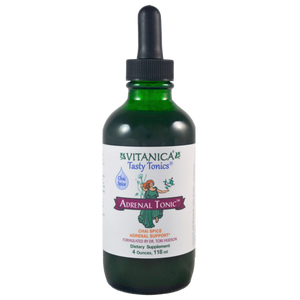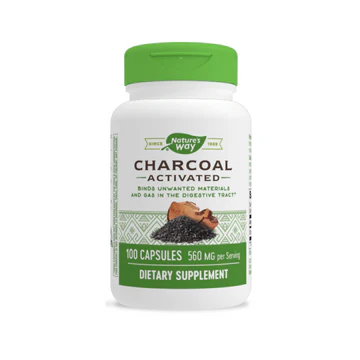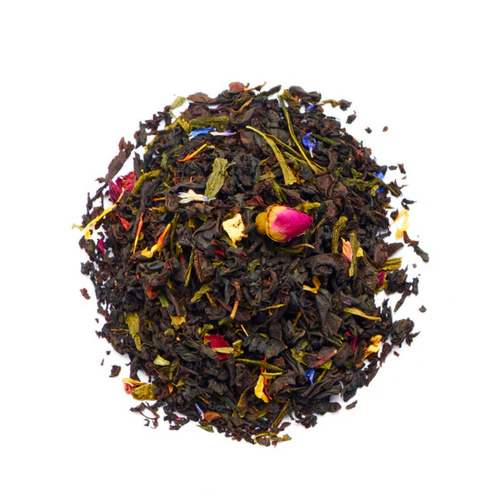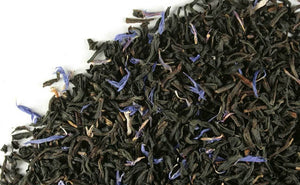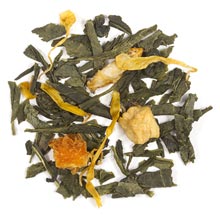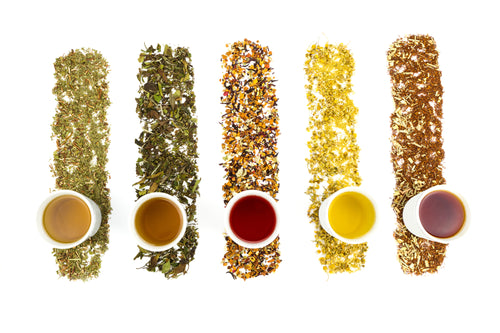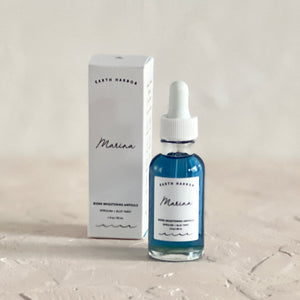If you want truly natural hair care, the best way to go about it is by making your own. That way, you don't have to worry about reading labels with a long list of ingredients, trying to figure out if they are all really natural.
Of course, switching from ready-made products to your own DIY creations might feel overwhelming. But on the upside, it can also be a lot of fun and will save you money in the long run.
With a few favorite herbs and some staple recipes, you'll have everything you need to cleanse and nourish your hair the natural way.
Why Herbal Hair Care?
Conventional hair care usually involves over-washing hair, using high heat, and applying lots of chemical products. It's really no wonder that our hair starts to complain at some point in life, perhaps losing its shine or looking dull and depleted.
Herbal hair care is much more gentle on your hair and scalp and can help replace what years of harsh practices have taken away. You can find herbs that support any hair type, including ones full of vitamins and minerals for unhappy hair.
Even if you've been kind to your hair through the years, herbs offer a way to escape products that may be filled with chemicals and toxins. They help keep natural oils intact so that your hair can retain its natural glory for years to come.
If you aren't sure where to start, try using lavender, nettle, or chamomile as your herb of choice for the following recipes. All of these are versatile and good for all types of hair.
Or check out this list of top herbs for hair care to look into more options.
Simple DIY Herbal Hair Rinse

Hair rinses are one of the easiest ways to get into DIY hair care. You can use them in place of shampoo a few times a week or use them after shampooing to nourish hair and scalp.
Here's the basic recipe:
- 3-6 tablespoons of the herb(s) of your choice
- 2-4 cups just boiled water
- Quart jar or heatproof container
- Put the herbs in the jar and pour hot water over them.
- Cover and steep 8 hours or overnight.
- Strain out the herbs. Gently warm the rinse before using if you want, or leave it at room temperature.
To Use:
- After washing your hair, pour the herbal rinse slowly through your hair, massaging it into your scalp. Let it sit and then either rinse again lightly or don't rinse it out at all.
OR
- Get a basin to put in your bathtub, sink, etc. Hold your head over the basin and pour the rinse through your hair, letting it fall into the container. Collect the rinse and pour it through again. Repeat several times until you work it completely through your hair. Leave in or rinse lightly with plain water.
Herbal Vinegar Rinse
Adding vinegar to an herbal hair rinse helps restore the natural pH level of your hair and also gives it some added shine. Apple cider vinegar is the vinegar of choice, and it's especially good for oily hair, dull hair, and/or an itchy scalp.
There are two main ways to make an herbal vinegar rinse.
Method #1:
- Make an herbal hair rinse following the instructions in the section above.
- After straining the herbs, add a tablespoon of raw apple cider vinegar to the rinse and stir it in.
- After using the rinse on your hair, rinse again lightly with plain water.
Method #2:
- Measure out 3-4 tablespoons of a dried herb of your choice (rosemary is great for oily hair and works exceptionally well with vinegar) into a pint jar or similar glass container.
- Pour about 8-10 ounces of raw apple cider vinegar into the jar and shake or stir if necessary to submerge the herbs completely. Close tightly with a lid.
- Let the jar of vinegar and herbs sit to infuse for 3-4 weeks, shaking every few days.
- Strain out the herbs and transfer your newly made herbal vinegar to a clean glass container. Stored somewhere cool and dark, this vinegar will last at least a year.
- To make a hair rinse, simply combine 1 tablespoon of the herbal vinegar with 1-2 cups of warm water.
Most people find that a vinegar rinse works best 1-2 times a week, or even a few times a month, rather than everyday.
Homemade Herbal Shampoo

It's most definitely possible to replace store-bought shampoo with a homemade version, but there are a few things to keep in mind.
Most herbal shampoo recipes (including this one) use castile soap. It cleanses your hair but won't lather as much as traditional shampoo and won't give you that "squeaky clean" feeling because it leaves natural oils intact.
Your hair may need several weeks to adjust to this new type of hair care, so give it some time before you judge the results!
Here's a basic shampoo recipe adapted from Rosemary Gladstar's in Herbal Recipes for Vibrant Health:
- 8 ounces of water (preferably distilled)
- 2-4 tablespoons dried herb(s) of your choice
- 3 ounces liquid castile soap
- 1/4 teaspoon jojoba oil (optional, omit for oily hair)
- 20-30 drops essential oils (optional)
- Heat the water to boiling and pour over the herbs (in a glass jar). Cover and let steep at least 4 hours and up to overnight.
- Strain out the herbs and pour the remaining liquid into a bowl. Add the castile soap and oils (if you are using them). Mix well and pour into a flip-top bottle.
- Use your herbal shampoo in the shower as you normally would! Always shake before using, and store in the refrigerator for a longer shelf-life.
Note: This is a completely natural shampoo with no preservatives, so it will go bad at some point (you can usually tell by how it smells). If you find yourself losing your shampoo before you can use it all, try cutting the recipe in half, and be sure to refrigerate it between uses.
Oil Treatment (For Dry Hair/Scalp)
Most of us have been taught that oil is bad and needs to be washed off our hair and skin. However, your scalp and hair naturally need oil to be healthy, and it can be a great hair treatment for dry hair.
Jojoba oil and olive oil are the two most popular choices, although you can experiment with many different plant-based oils to find which one works best.
Here's how you do a simple oil treatment:
- Start with either dry or slightly dampened hair.
- Use just a small amount of the oil of your choice and massage into your hair and scalp until they are thoroughly coated. If you want, gently heat the oil to 100°F for a warm oil treatment.
- Place a shower cap or plastic bag over your hair and add a cap or towel to keep in the heat if you are doing a warm treatment. Let the oil sit at least 1-2 hours.
- Shampoo and rinse your hair as normal. It may still feel a little oily afterwards, but your hair should gradually absorb the excess oil, leaving it soft and shiny. (If not, use less oil next time.)
Of course, you can make your oil extra special by adding some herbs or essential oils:
- Herb-Infused Oil- Pour about 8 ounces of oil over 3-4 tablespoons of the dried herbs of your choice in a glass jar. Tightly cap the jar and allow the oil to infuse for 3-4 weeks, shaking daily. Strain out the herbs and transfer the oil to a clean glass container. Store somewhere cool and dark for up to a year and use for your oil treatments!
- Essential Oil Infused Oil- Pour about 1 ounce of oil into a bottle (preferably glass). Add 10-30 drops of the essential oils of your choice and shake well. Let sit a few days to infuse, then use as needed. Not sure which essential oils? Try lavender, tea tree, rosemary, chamomile, or peppermint.
Easy Dry Shampoo

Dry shampoo can be helpful to remove excess oil and make your hair feel less greasy on days when you don't have time to wash it. You may also find it extra valuable for making the switch from conventional to natural hair care.
Unfortunately, store-bought dry shampoo often has chemical ingredients and synthetic fragrance, which you do not want on your hair.
For the simplest dry shampoo, you only need one ingredient: arrowroot powder.
Simply sprinkle a small amount on your scalp and hair, working in sections until you cover all the oily areas. Work it in a little bit with your fingers, let sit a few minutes, and then brush your hair to get any excess out.
If you have dark brown or red hair, add either some cocoa powder or red clay to the arrowroot. Use equal amounts of cocoa powder/clay and arrowroot for dark hair and lower amounts of cocoa powder/clay for lighter hair. Mix together ahead of time and store in a shaker bottle to use as needed.
Tips for Herbal Hair Care
Remember, it can be a process transitioning from conventional shampoo, conditioner, etc. to DIY herbal hair care. Take it one step at a time and give your hair a chance to adjust with each new recipe you make.
If you want a middle ground between homemade and conventional products, try something like a shampoo and conditioner bar to use alongside herbal and vinegar rinses.
In general, the goal is to wash your hair less overall- maybe 2-3 times a week- but don't feel like you have to hit this goal right away. Gradually lessen how much you wash it, and always go for what feels right for your hair.
It's also a good idea to switch up the herbs and essential oils you use. They won't necessarily build up in your hair like shampoo would, but your hair and scalp will benefit from variety.
Finally, if you notice your scalp feeling irritated with a specific herb or essential oil, discontinue use. It's possible to have a reaction even to natural ingredients, and you have many options for finding a different herb that will work better.
Don't forget to enjoy the process, and have fun experimenting with your new herbal hair care recipes!
Disclaimer: This post is for informational purposes only. It does not constitute medical advice and should not be substituted for medical advice. Please consult your health care provider, herbalist, midwife, or naturopathic physician before taking herbs, supplements, etc. Here's the link to our full disclaimer.






